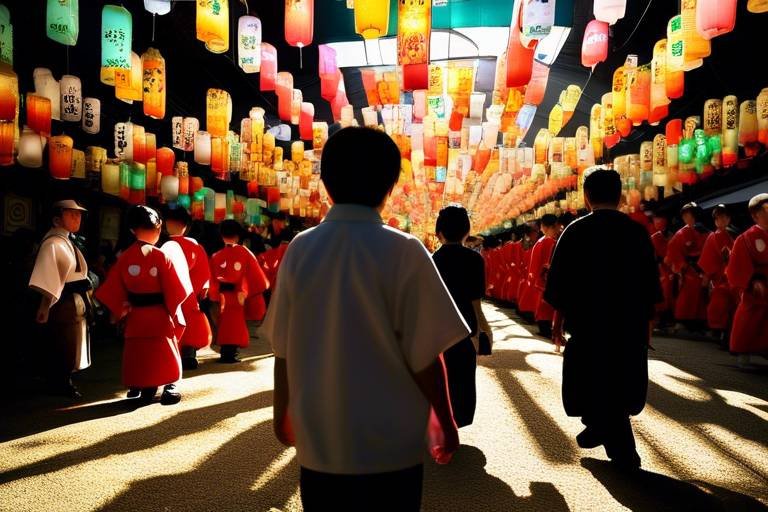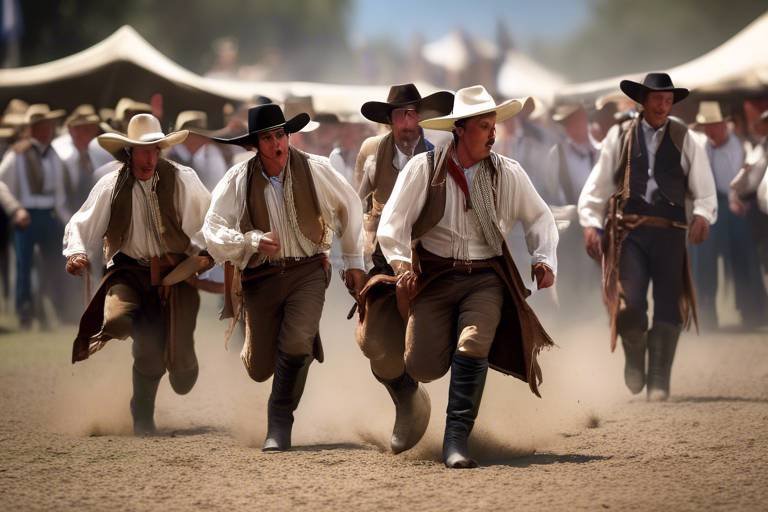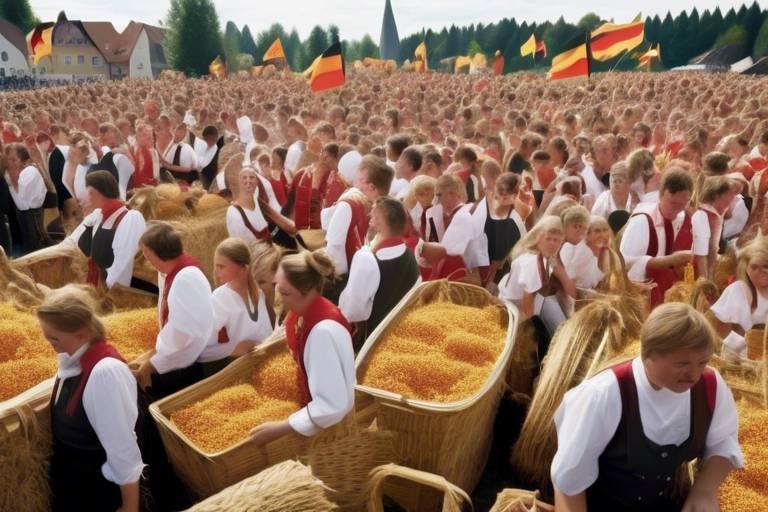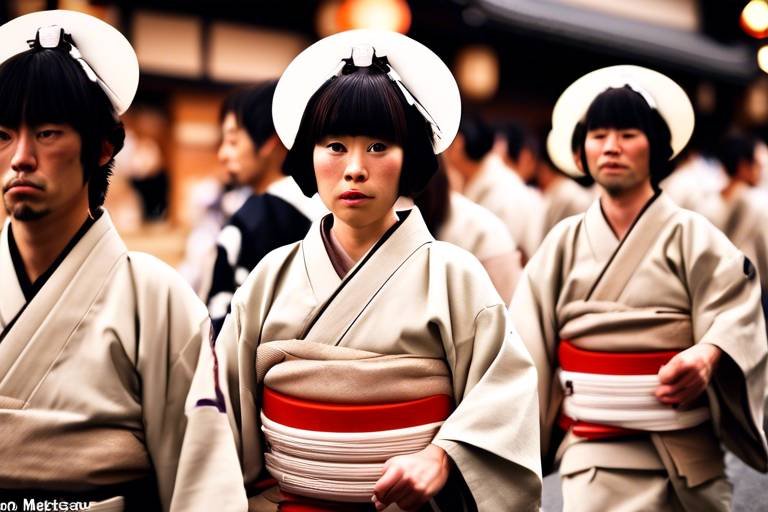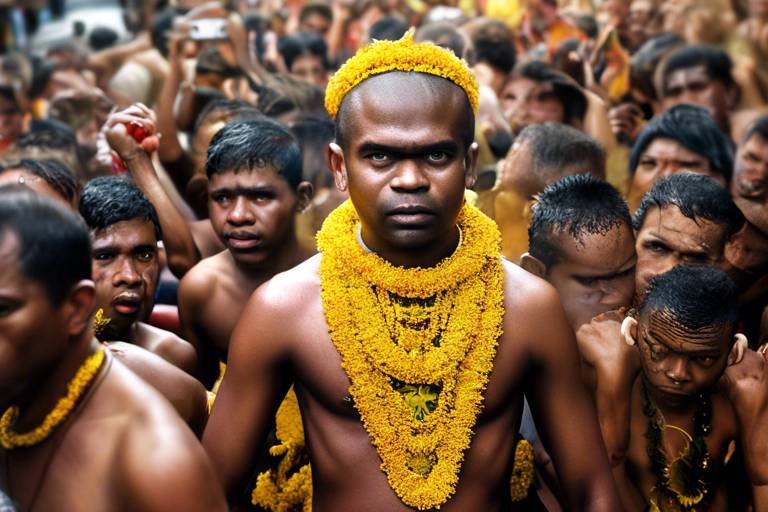Peru's Inti Raymi - A Glimpse into Inca Culture
Peru's Inti Raymi festival offers a captivating glimpse into the rich tapestry of Inca culture, steeped in ancient traditions and spiritual significance. This annual celebration honors the revered Inca sun god Inti, showcasing a blend of historical roots and modern-day festivities that continue to enthrall both locals and visitors alike. The festival serves as a vibrant tribute to the Inca civilization's enduring legacy, symbolizing resilience and cultural pride in contemporary Peru.
As the sun reaches its zenith in the southern hemisphere, marking the winter solstice, the Inti Raymi festival comes alive with traditional ceremonies that date back to the height of the Inca Empire. From colorful costumes adorned with symbolic meanings to intricate rituals paying homage to Inti, each aspect of the festival is a testament to the Inca people's deep connection to nature and the divine.
Throughout the day-long festivities, participants engage in a symbolic reenactment of ancient Inca traditions, immersing themselves in the spiritual essence of Inti Raymi. The reading of coca leaves, offerings to the sun god, and rhythmic dances all play a vital role in honoring Inti and invoking blessings for the coming year's harvest.
Despite the impact of Spanish colonization, which sought to suppress indigenous traditions and impose European customs, the spirit of Inti Raymi persevered, adapting to new circumstances while retaining its core essence. Today, the festival stands as a testament to the resilience of Inca culture, embodying a blend of ancient rituals and contemporary celebrations.
With its growing global recognition, Inti Raymi has become a magnet for tourists seeking to immerse themselves in Peru's vibrant cultural heritage. The festival's popularity has led to efforts to preserve its authenticity, balancing the influx of visitors with the need to safeguard the integrity of Inca traditions for future generations.
Looking ahead, the future of Inti Raymi holds both challenges and opportunities as efforts to preserve and promote Inca culture continue to evolve. By embracing innovation while honoring the past, the festival remains a beacon of cultural pride and a testament to the enduring legacy of the Inca civilization in modern-day Peru.
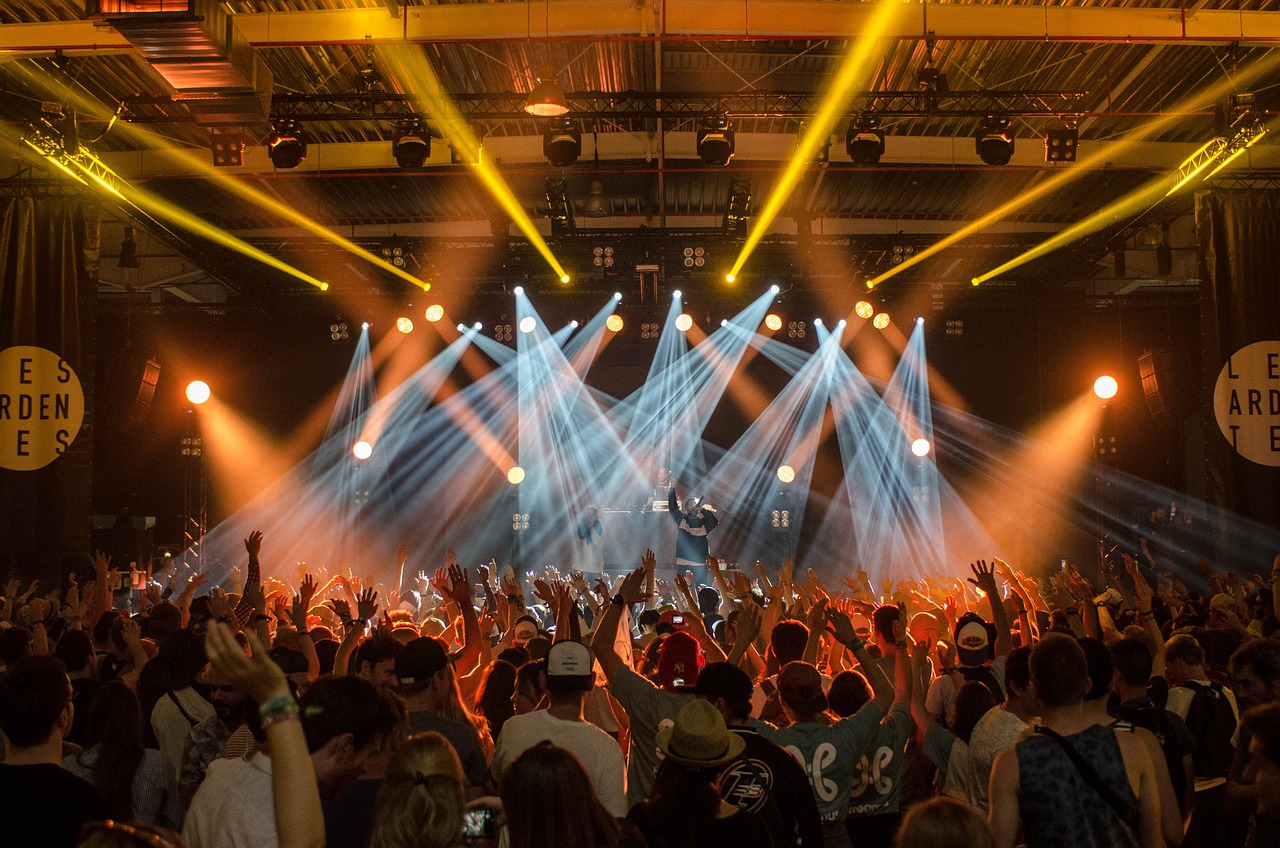
History of Inti Raymi
The history of Inti Raymi dates back to the Inca Empire, where the festival held immense significance in honoring the sun god Inti. This ancient ritual was a crucial event in Inca society, marking the winter solstice and the beginning of a new agricultural cycle. The Inca people believed that Inti was the source of life and prosperity, making Inti Raymi a vital celebration to ensure a bountiful harvest and the well-being of their civilization.
During the Inca era, Inti Raymi was a grand spectacle filled with elaborate ceremonies and rituals. The festival symbolized the renewal of life and the connection between the Inca people and the divine. Offerings were made to Inti, coca leaves were read for spiritual guidance, and the reenactment of ancient traditions took place to honor the sun god. It was a time of reverence, gratitude, and spiritual connection with the natural world.
The traditional ceremonies of Inti Raymi were deeply rooted in the Inca culture and spirituality. The rituals performed during the festival were not only a form of worship but also a way to maintain harmony with nature and the cosmos. The Inca people believed that by honoring Inti through these ceremonies, they would ensure the prosperity and well-being of their community.
As Spanish conquistadors arrived in Peru in the 16th century, the Inca Empire fell, and with it, the suppression of Inti Raymi began. The Spanish colonization led to the forced conversion of the Inca people to Christianity, resulting in the decline of indigenous traditions and the adaptation of Inca rituals to fit the new religious beliefs imposed by the colonizers. Despite these challenges, elements of Inti Raymi managed to survive through clandestine celebrations and oral traditions.
Today, the history of Inti Raymi serves as a reminder of the resilience and cultural heritage of the Inca civilization. The festival has been revived and continues to be celebrated in modern Peru as a symbol of indigenous pride and cultural identity. Through the preservation of ancient rituals and ceremonies, Inti Raymi stands as a testament to the enduring legacy of the Inca people and their connection to the sun god Inti.
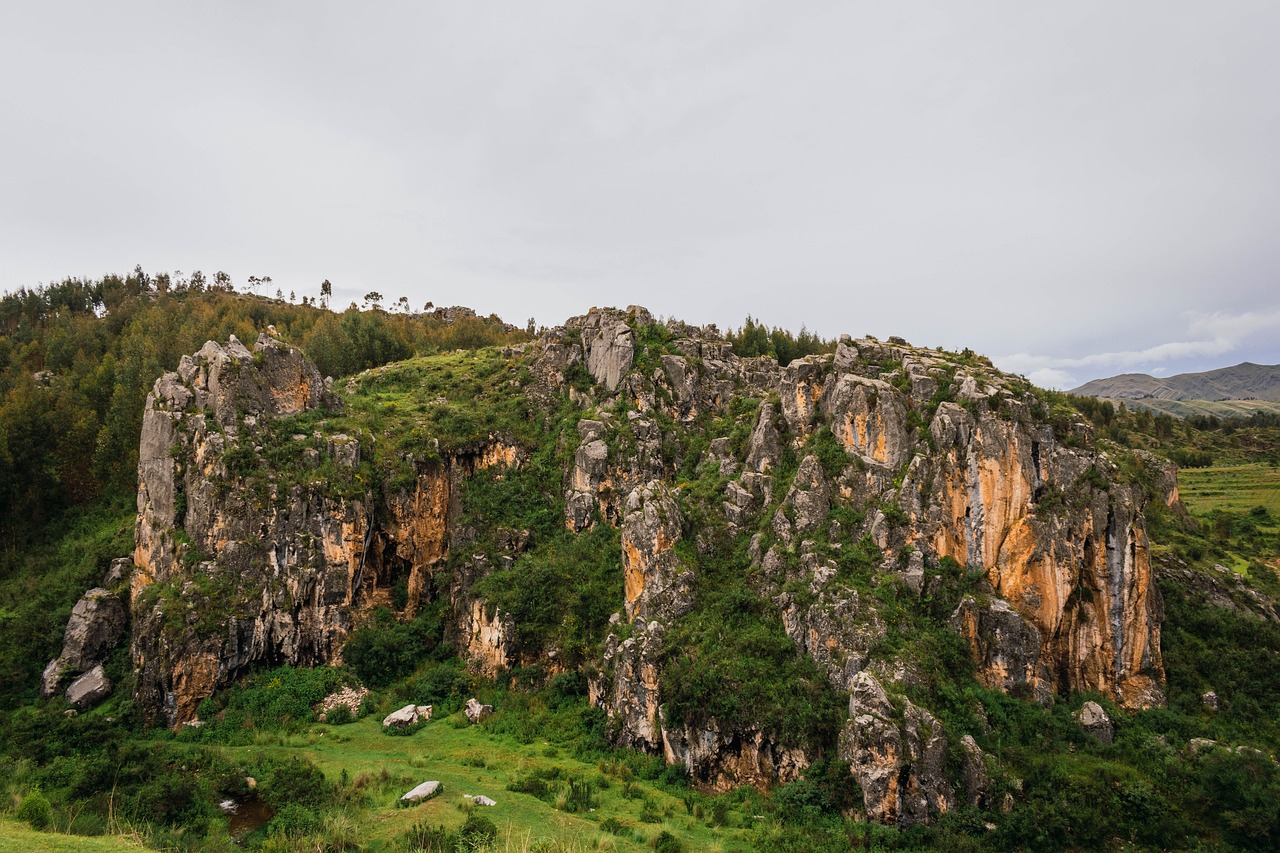
Traditional Ceremonies
During the Inti Raymi festival, traditional ceremonies play a crucial role in honoring the Inca sun god Inti and preserving ancient cultural practices. One of the central rituals involves making offerings to Inti, typically consisting of symbolic items such as maize, coca leaves, and colorful textiles. These offerings symbolize gratitude for the sun's vital role in agriculture and sustenance.
Another significant aspect of the traditional ceremonies is the reading of coca leaves by the yatiri, or Andean shaman. The yatiri interprets the coca leaves' patterns to gain insight into the future and seek blessings for the community. This practice reflects the deep spiritual connection between the Inca people and the natural world, emphasizing harmony and balance.
The symbolic reenactment of ancient Inca traditions is a highlight of the Inti Raymi festival, showcasing elaborate dances, music, and theatrical performances. Participants don elaborate costumes representing various Inca deities and historical figures, immersing spectators in the rich tapestry of Inca culture. Through these reenactments, the Inca heritage is vividly brought to life, fostering a sense of pride and unity among the community.

Costumes and Attire
When it comes to the Inti Raymi festival in Peru, one cannot overlook the significance of costumes and attire worn by participants. These vibrant garments play a crucial role in the celebration, reflecting the rich heritage and cultural identity of the Inca civilization. Each piece of clothing carries symbolic meaning, rooted in ancient traditions and beliefs.
The traditional attire worn during Inti Raymi is a visual feast for the eyes, with intricate designs and bright colors that captivate onlookers. Participants don themselves in garments made of fine fabrics, adorned with ornate patterns and symbols that harken back to the glory days of the Inca Empire. The attention to detail in these costumes is a testament to the craftsmanship and artistry of the Inca people.
One of the most iconic pieces of attire worn during Inti Raymi is the tunic, known as the "Unku." This sleeveless garment, typically worn by men, symbolizes status and tradition. The vibrant colors and intricate embroidery on the Unku tell a story of the wearer's connection to their cultural roots and ancestral lineage.
Women participating in the festival often wear colorful skirts and shawls, intricately woven with traditional patterns that hold deep cultural significance. These garments not only showcase the skill of Inca weavers but also serve as a form of expression and identity for the wearers.
Accessories such as headdresses, jewelry, and belts are also integral parts of the attire worn during Inti Raymi. These embellishments add a touch of regality and elegance to the overall ensemble, enhancing the visual spectacle of the festival. Each accessory carries its own symbolism, representing aspects of nature, spirituality, and Inca cosmology.
Overall, the costumes and attire worn during Inti Raymi are more than just clothing – they are living symbols of a vibrant culture and a proud heritage. Through these garments, participants pay homage to their ancestors, celebrate their identity, and keep the spirit of the Inca civilization alive.
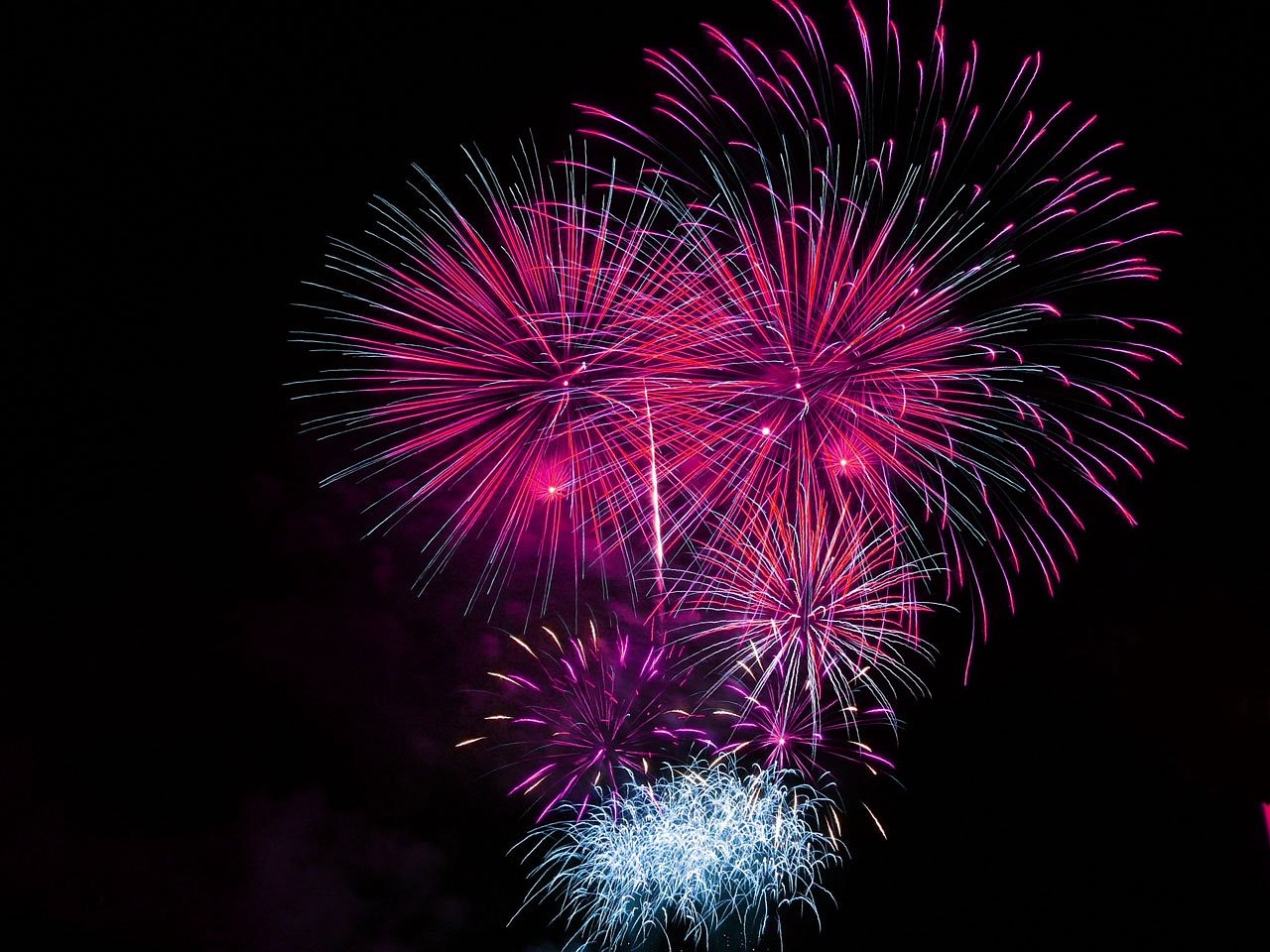
Modern-Day Celebrations
Modern-day celebrations of Inti Raymi in Peru are a vibrant blend of ancient traditions and contemporary festivities. The festival, which takes place annually, showcases a colorful tapestry of music, dance, and cultural events that pay homage to the rich heritage of the Inca civilization. Participants don traditional costumes adorned with intricate designs and symbols that reflect the cultural significance of the festival.
One of the highlights of the modern-day Inti Raymi celebrations is the reenactment of ancient Inca rituals, including offerings to the sun god Inti and the reading of coca leaves for spiritual guidance. These ceremonies serve as a reminder of the deep connection between the Inca people and the natural world, emphasizing the importance of harmony and balance in the universe.
Music plays a central role in the festivities, with traditional Andean instruments such as the pan flute and the charango setting the rhythm for lively dances performed in honor of Inti. The rhythmic beats and melodic tunes create a festive atmosphere, inviting both locals and tourists to join in the celebration of Inca culture.
Throughout the day, cultural events and performances take place in various parts of Peru, bringing communities together to commemorate their shared history and traditions. The modern-day celebrations of Inti Raymi serve as a testament to the resilience of Inca heritage in the face of centuries of change and adversity.

Impact of Spanish Colonization
When exploring the impact of Spanish colonization on the Inti Raymi festival and the broader Inca culture, it becomes evident that the arrival of the Spanish conquistadors brought significant changes and challenges to the traditional practices of the Inca people. The Spanish conquest led to the suppression and alteration of indigenous traditions, including the Inti Raymi festival, as the colonizers sought to impose their own beliefs and customs on the native population.
The Spanish colonization of Peru resulted in the forced conversion of the Inca people to Christianity, leading to the blending of Inca rituals with Catholic practices. The Inti Raymi festival, once a sacred celebration of the sun god Inti, was transformed into a Christianized event under Spanish rule, with elements of Catholicism incorporated into the ceremonies and rituals.
Furthermore, the Spanish colonization brought about the destruction of many Inca temples, shrines, and sacred sites, erasing significant aspects of Inca cultural heritage. The imposition of Spanish authority also led to the marginalization and persecution of indigenous peoples, further diminishing the prominence of traditional Inca customs and rituals.
Despite the enduring impact of Spanish colonization on the Inti Raymi festival, contemporary efforts are being made to preserve and revitalize Inca traditions. Through cultural revitalization initiatives and historical research, there is a growing recognition of the importance of preserving indigenous heritage and reclaiming traditional practices that were suppressed during the colonial period.
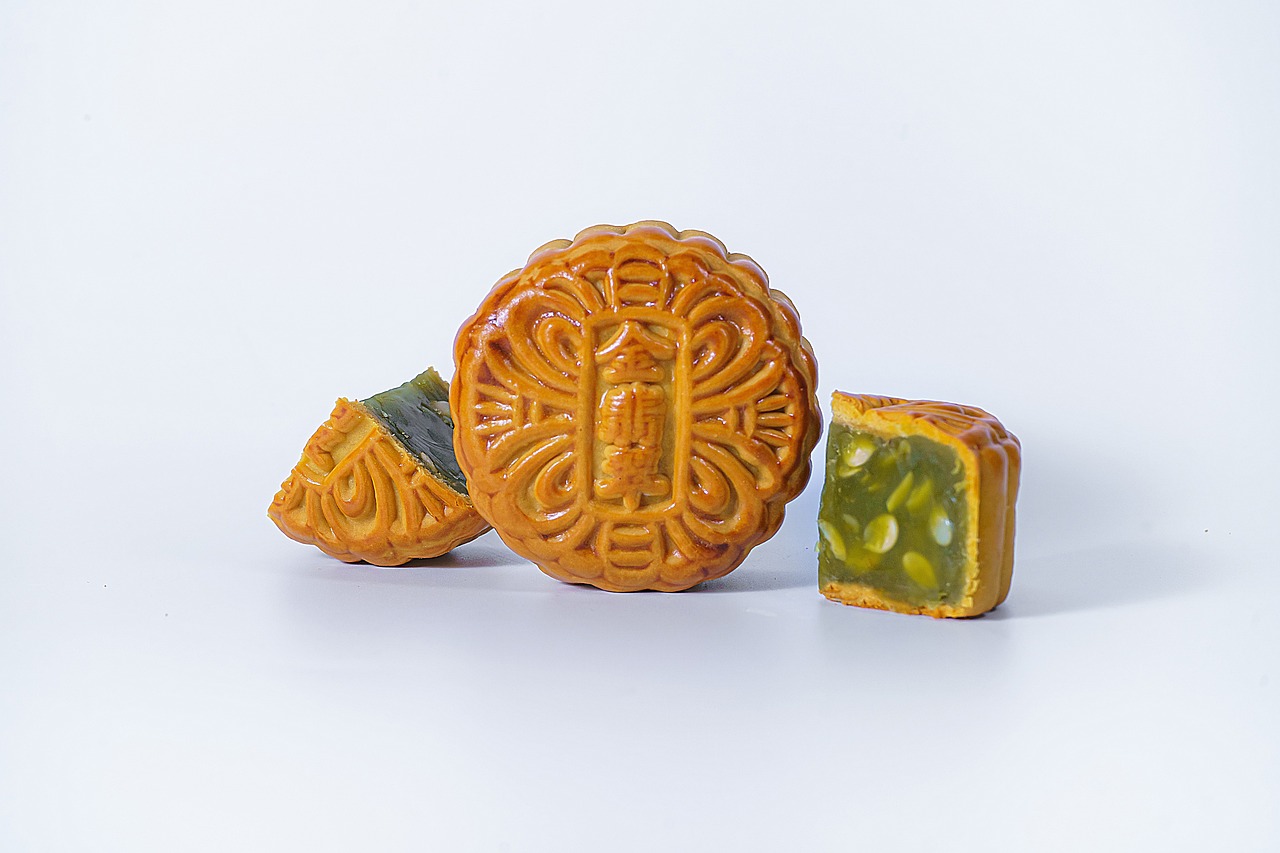
Significance of Inti Raymi Today
Exploring the significance and cultural traditions of Peru's Inti Raymi festival, a celebration of the Inca sun god Inti. Learn about the historical roots, modern-day festivities, and the impact of Spanish colonization on this ancient ritual.
In modern Peru, Inti Raymi holds a profound significance as a symbol of cultural resilience and indigenous pride. This ancient festival continues to serve as a powerful connection between contemporary Peruvians and their rich Inca heritage. As the country embraces its cultural diversity and history, Inti Raymi stands out as a vibrant celebration that not only honors the past but also shapes the present and future.

Global Recognition and Tourism
Inti Raymi, the ancient Inca festival celebrating the sun god Inti, has garnered significant global recognition in recent years. Tourists from all corners of the world flock to Peru to witness this vibrant cultural event firsthand. The festival's unique blend of traditional rituals and modern celebrations has captivated international audiences, drawing attention to Peru's rich Inca heritage.
As the popularity of Inti Raymi grows, so does the impact of tourism on the festival. Local communities have embraced the economic opportunities brought by visitors, leading to the development of infrastructure and services to accommodate the influx of tourists. However, this increase in tourism also raises concerns about preserving the authenticity and integrity of the Inti Raymi celebration.
Efforts are underway to balance the demands of tourism with the need to protect the cultural significance of Inti Raymi. Authorities are implementing measures to ensure that the festival remains a genuine representation of Inca traditions, maintaining its spiritual and historical value. Sustainable tourism practices are being encouraged to minimize the impact on the environment and local communities.
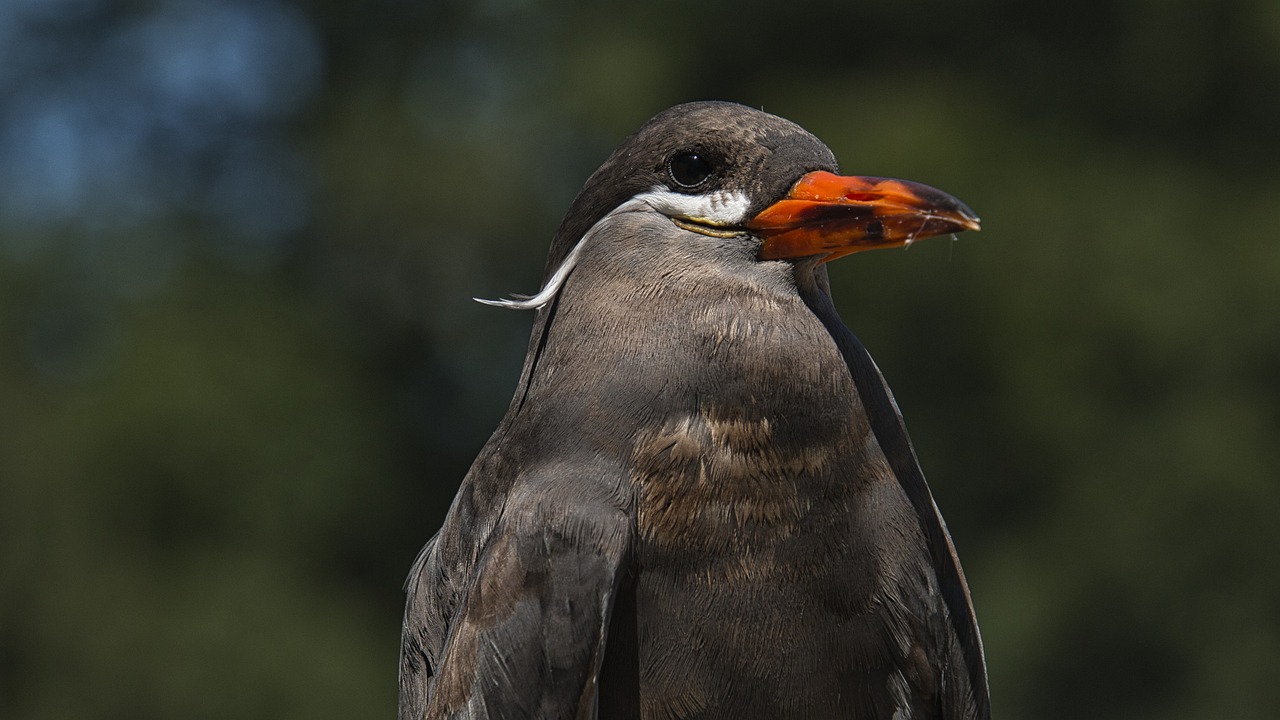
Future of Inti Raymi
As we look towards the future of the Inti Raymi festival, there are both challenges and opportunities that lie ahead in preserving and continuing this ancient Inca tradition. In the 21st century, efforts to safeguard Inca traditions and cultural heritage are crucial in shaping the festival's future. One of the key challenges facing Inti Raymi is the balance between maintaining authenticity and adapting to modern times. As tourism to Peru increases and the festival gains international recognition, there is a risk of commercialization and dilution of its cultural significance.
To address these challenges, there is a growing emphasis on sustainable tourism practices and the preservation of indigenous traditions. Initiatives are being undertaken to involve local communities in the organization of the festival, ensuring that it remains rooted in its cultural heritage. Additionally, educational programs are being implemented to raise awareness about the importance of Inti Raymi and the need to protect Inca traditions for future generations.
Furthermore, the future of Inti Raymi also holds opportunities for innovation and growth. With advancements in technology and communication, there is potential to expand the reach of the festival and engage a global audience. Virtual reality experiences, interactive exhibits, and digital platforms can be utilized to enhance the celebration and promote cross-cultural understanding.
Overall, the future of Inti Raymi hinges on the collective efforts of Peruvians, cultural organizations, and international supporters to ensure its authenticity, relevance, and longevity. By embracing tradition while embracing change, the Inti Raymi festival can continue to thrive as a symbol of Inca heritage and cultural resilience in the modern world.
Frequently Asked Questions
- What is the significance of Inti Raymi?
Inti Raymi is a celebration of the Inca sun god Inti, symbolizing the winter solstice and agricultural rebirth. It holds great cultural and spiritual importance in Peruvian history.
- What are some traditional ceremonies performed during Inti Raymi?
Traditional ceremonies include offerings to Inti, the reading of coca leaves, and the symbolic reenactment of ancient Inca traditions. These rituals are deeply rooted in Inca culture and beliefs.
- How is Inti Raymi celebrated in modern-day Peru?
Modern-day celebrations of Inti Raymi blend ancient traditions with contemporary festivities, featuring music, dance, and cultural events that honor the Inca heritage. It is a vibrant and lively annual celebration.
- What impact did Spanish colonization have on the Inti Raymi festival?
Spanish colonization led to the suppression of indigenous traditions, including the Inti Raymi festival. It resulted in the adaptation of Inca rituals to fit the new cultural norms imposed by the Spanish conquerors.
- Why is the preservation of the Inti Raymi festival important?
The preservation of the Inti Raymi festival is crucial for safeguarding Inca cultural heritage and connecting contemporary Peruvians to their rich history. It serves as a symbol of cultural resilience and indigenous pride.




